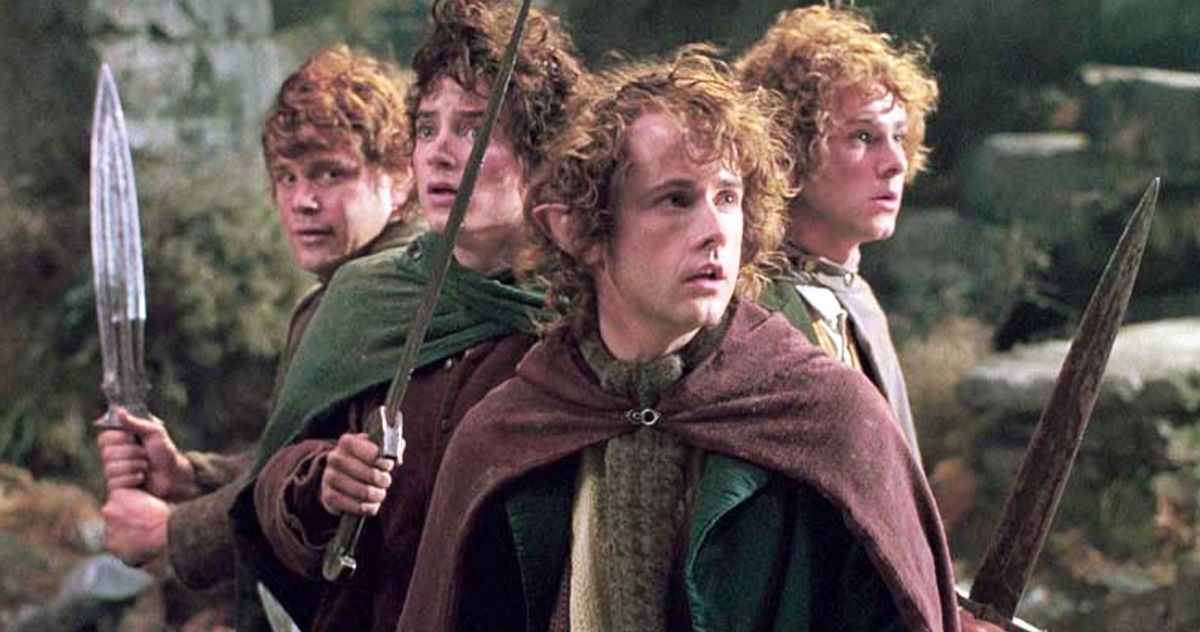Keeping in mind all the critical and commercial acclaim that Peter Jackson's The Lord of the Rings trilogy of films received, it is easy to lose sight of just how impossible the project seemed when it was first being made. Back then, Harvey Weinstein was still one of the most powerful producers in Hollywood. When he brought Jackson on board to make The Lord of the Rings, the project was envisioned as a two-film affair to keep expenses down.
For a long time, that was the version of The Lord of the Rings that Jackson was seeking to make, with full, finished scripts for a two-parter that would have considerably pared down the journey of the Fellowship of the Ring to Mordor. In a recent op-ed for Polygon, journalist Drew McWeeny recalled the time he was allowed to read the scripts for the two-movie version of Peter Jackson's The Lord of the Rings, and how it would have differed from the trilogy we finally got to see.
"What did the two-movie version look like? Most of what you love about the eventual trilogy. Philippa Boyens was listed as a script editor on the document that was codenamed "Jamboree." (By the time everything moved to New Line Cinema, the studio that eventually made the trilogy, Sinclair was gone and Boyens was a full-fledged co-writer on the films.) These early drafts managed to build in most of the major incidents of the series but without the character texture that makes the trilogy so special. It felt like watching the eventual movies on 1.5x speed playback, everything compressed and accelerated. There were ideas that exited in an early form (Galadriel's haunting narration from the opening of Fellowship was originally delivered in slightly different form by Frodo, for example), and the original cliffhanger took place on Emyn Muil Bluff after Sam, Frodo, and Gollum had an encounter with the Nazgul."
What makes the trilogy of The Lord of the Rings so special is that it gives each character space to breathe, and talk, and emote, instead of being a relentless trudge from one action set-piece to the next. It seems this sense of calm was missing in the two-part version of the project that Peter Jackson was originally attached to. According to McWeeny, the main theme of the story remained the same, but characters were turned into mere plot-devices of a generic action blockbuster.
"The bones for Jackson's version were already in place, and that two-film version understood that Samwise Gamgee was the hero of the entire story, the main character whose journey ultimately punctuates things. There was more singing in these drafts, road songs that felt directly lifted from Tolkien's text, but everything was delivered at a clip. There was no time to actually get to enjoy the Shire, no room for Pippin and Merry to emerge as characters, and far less of the texture of Middle-Earth. We met the elves in passing. There was an acknowledgement of Arwen and Aragorn, but no more. The main character who benefited from the expansion to three films was Gollum, who went from plot device to fully realized character. More than anything, the two-film version felt like every choice they made was about trying to turn these into more conventional blockbusters at the expense of the dense history and the poetry that defines Tolkien's work."
Thankfully, Jackson managed to get the rights to the project away from Weinstein and found a new home with New Line Cinema, who understood the dense nature of the work that Jackson was attempting to adapt and encouraged him to take more time with telling the story by making it a trilogy. And thus one of the most successful movie adaptations of all time was born. Thanks to Polygon.

